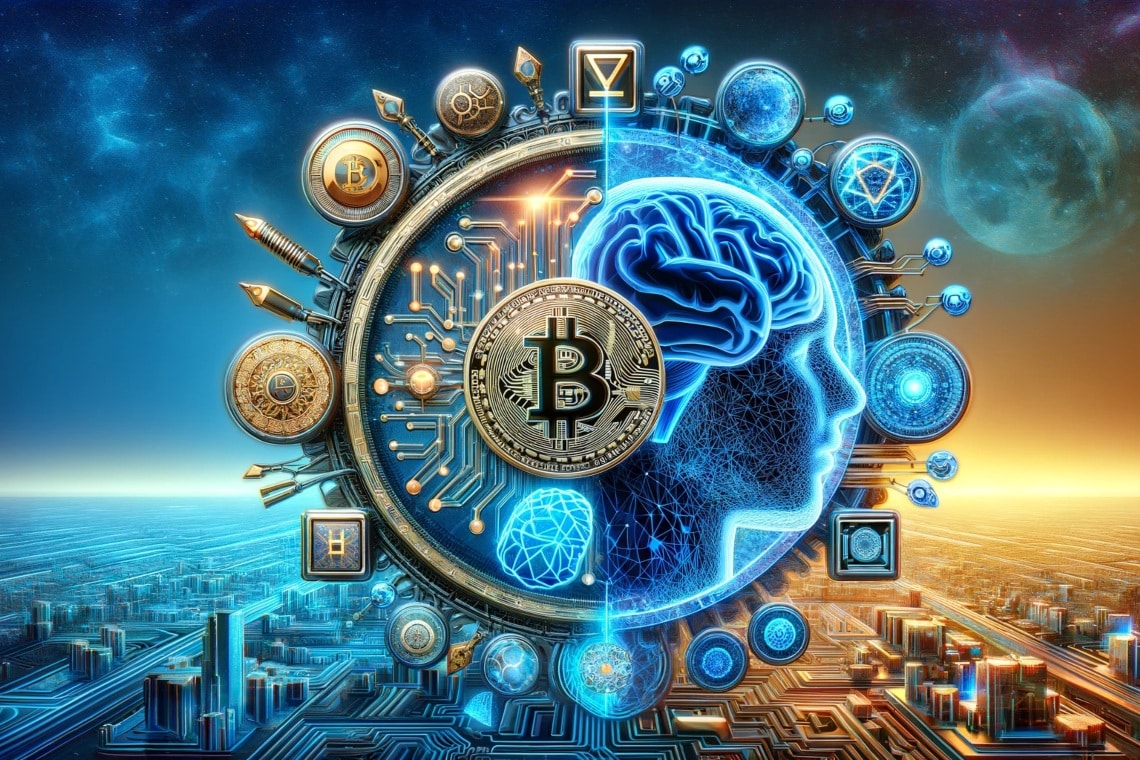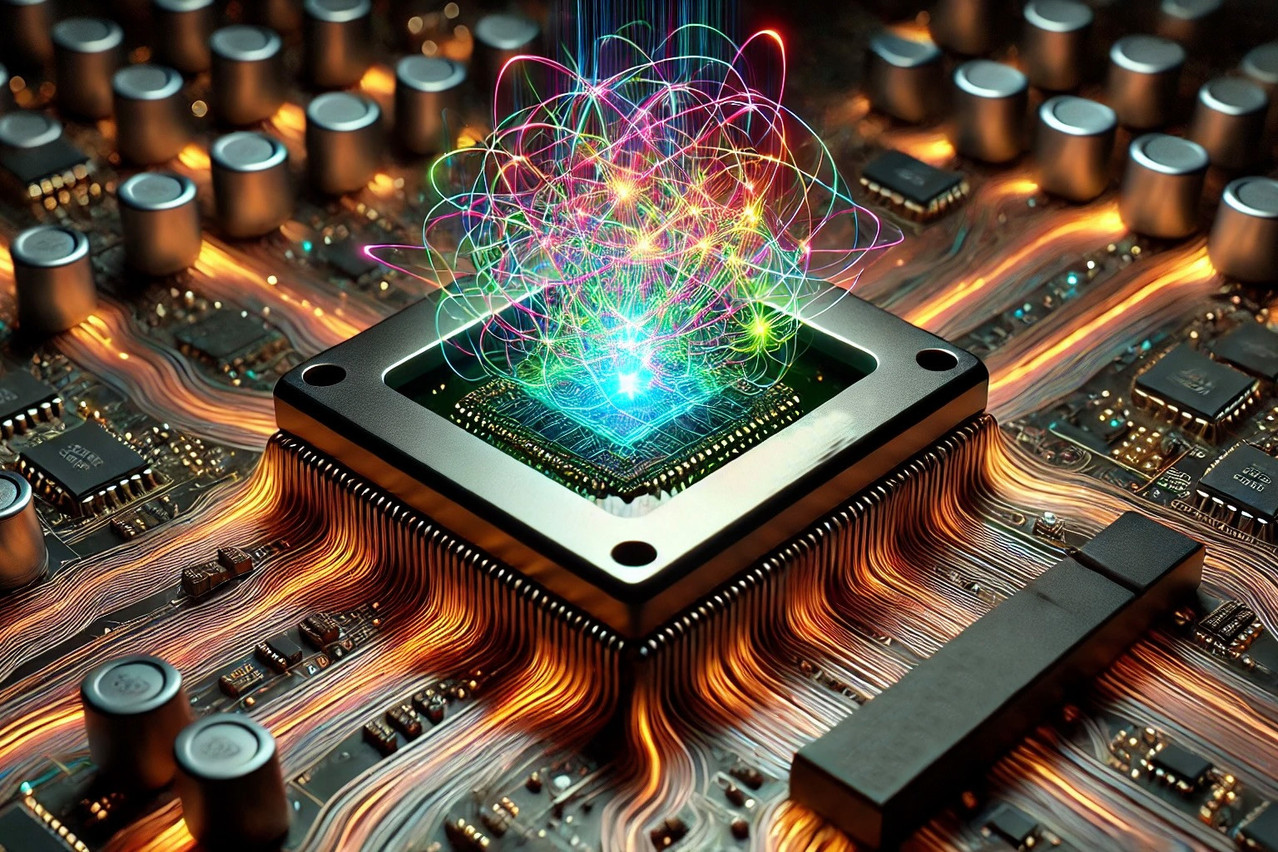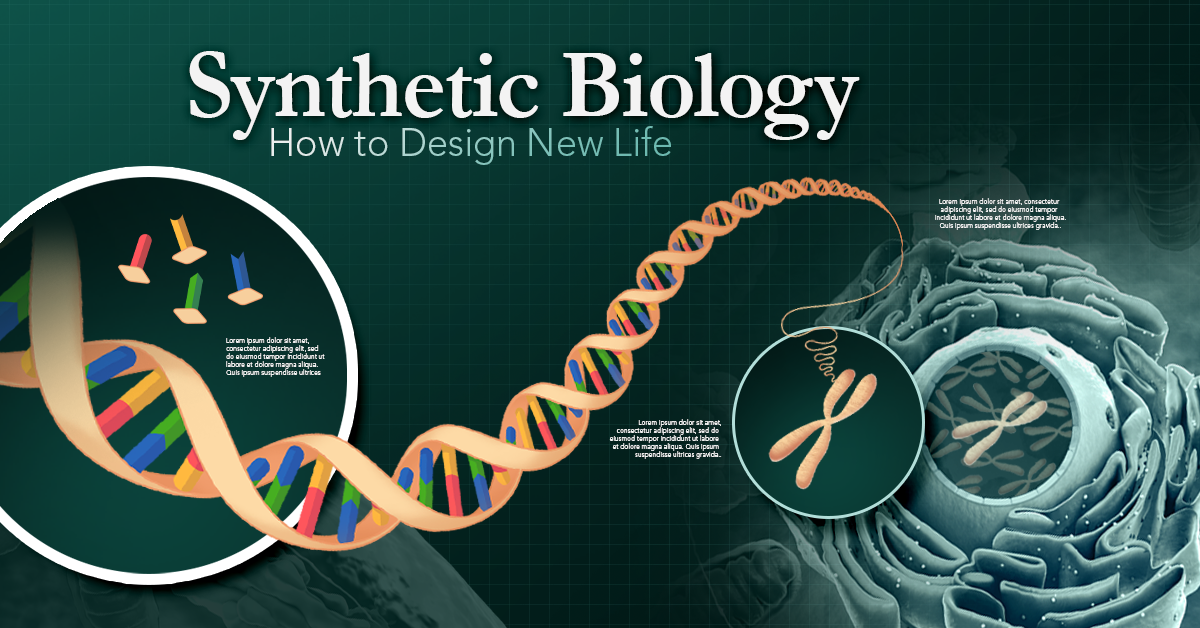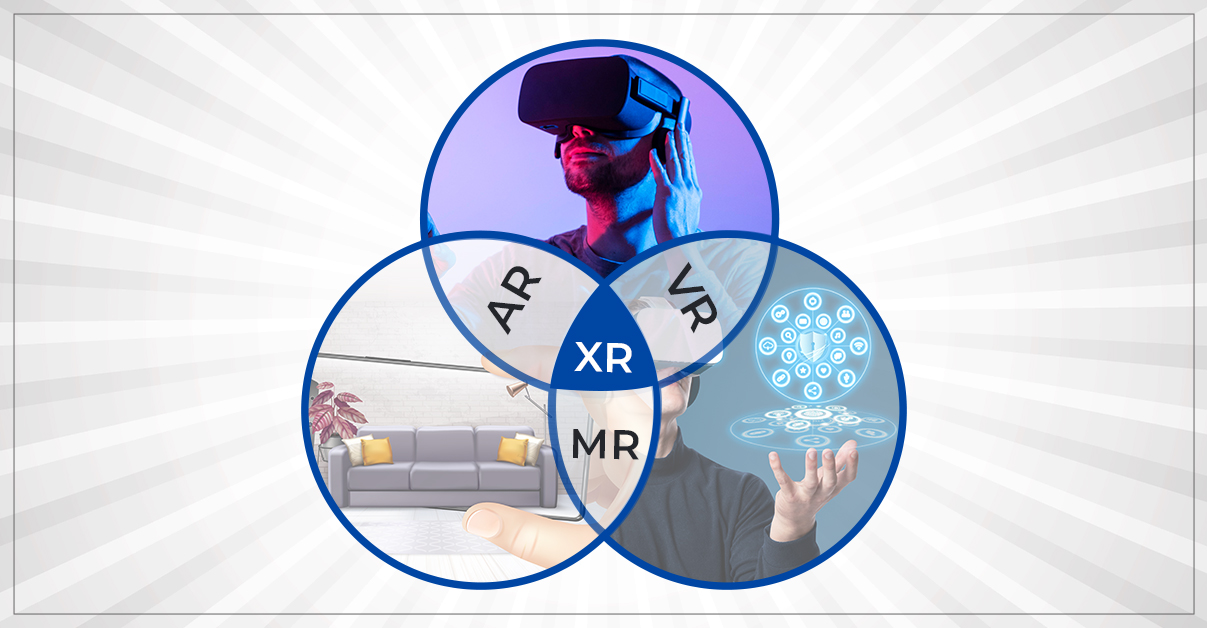How AI + Crypto could quietly “dethrone” the dollar (without a front-page moment)
The usual storyline imagines the euro, yuan, rupee, or yen toppling the dollar in a single, cinematic event. That’s the wrong mental model. What’s coming looks more like unbundling than overthrow: the dollar’s roles (unit of account, medium of exchange, collateral/reserve asset, sanctions lever) get peeled apart by software. AI chooses the cheapest, fastest rails; crypto and CBDC rails make settlement programmable; and the “dollar system” loses centrality without the dollar disappearing.
Think plumbing, not politics. The front end (prices quoted in USD) can persist while the back end (how value actually moves, clears, and is collateralized) shifts—silently and fast.
The tech stack that makes this possible
1) Stablecoins become the dollar’s “off-bank” wrapper.
Stablecoins passed the ~$230–280B range in 2025 and keep growing, now with a U.S. federal framework (GENIUS Act) and a public USDC issuer (Circle) fueling institutional adoption. Visa is expanding stablecoin settlement support, and analysts are calling this the “Summer of Stablecoins.” (CoinGecko, Investors.com, Barron's, Investopedia, Visa Investor Relations)
What it changes: dollars can move globally 24/7 outside correspondent banking. Sanctions leverage (which depends on bank/settlement choke points) dilutes even if USD usage persists.
2) Tokenized Treasuries turn into on-chain global collateral.
Tokenized U.S. T-bill funds have surged—BlackRock’s BUIDL is ~$2.9B alone and the segment sits around $7–7.5B AUM today, up several-fold in a year. These are dollars transformed into programmable, composable collateral. (CoinDesk, PR Newswire, RWA.xyz, investax.io)
What it changes: a Eurodollar-2.0 layer—huge demand for U.S. assets but increasingly outside U.S. bank rails and traditional custody.
3) CBDC corridors bypass the dollar for settlement.
BIS-incubated mBridge reached MVP and is now run by central banks in China, HK, Thailand, UAE (and more recently Saudi Arabia). In parallel, BIS’s Project Agorá pushes a tokenized, “unified-ledger” vision for cross-border banking. The ECB and BIS are linking multiple fast-payment systems across Asia, too. (Bank for International Settlements, Financial Times, European Central Bank)
What it changes: AI “treasury routers” can pick CNY↔AED↔THB corridors directly when they’re cheaper/faster, reducing dollar intermediation without any decree to “ditch the dollar.”
4) AI agents + machine economies settle natively on-chain.
Decentralized compute and data networks (Render, Bittensor, Helium/Hivemapper, etc.) pay nodes in crypto and stablecoins; AI agents can hold wallets and programmatically route payments. Even if headline volumes are modest, the marginal transaction—the one an AI optimizes—increasingly chooses programmable rails. (CoinMarketCap, Messari, Syndica)
Why there may be no headline moment
-
Unit of account inertia: invoices still say USD. (IMF and Atlantic Council both show the dollar remains dominant in invoicing/trade finance and reserves—even as shares drift down slowly.) (IMF, Atlantic Council)
-
Back-end substitution: settlement hops to stablecoins/CBDCs; collateral moves to tokenized T-bills; net effect: less dollar intermediation through U.S. banks, even if the price tag still reads $.
In other words, “dollar dominance” fades in the pipes before it’s obvious in the prices.
Three plausible, fast-moving paths (that technology accelerates)
-
Dollar-wrapped disintermediation
USDC/USDT dominate cross-border flows; Visa/Mastercard and banks integrate stablecoin settlement; AI optimizes fee + FX + risk and prefers these rails by default. The dollar survives as a format, but Washington’s leverage (bank chokepoints) wanes. (Visa Investor Relations, Investopedia) -
Corridor competition
mBridge-style CBDC routes undercut dollar correspondent chains on price/time. AI treasurers auto-select best routes; China even toys with CNY stablecoins to extend reach. The dollar’s share of settlement falls without a political rupture. (Bank for International Settlements, Financial Times, Reuters) -
Collateral goes on-chain
Tokenized T-bills become default margin/collateral across crypto venues and fintech platforms, pulling global liquidity out of legacy pipes. Demand for U.S. assets rises, but policy transmission and surveillance don’t. (CoinDesk, RWA.xyz)
Early-warning dashboard (quiet signals to watch)
-
Stablecoin share of cross-border B2B settlement reported by networks and rails (Visa/MC pilots, bank integrations). (Visa Investor Relations)
-
Total stablecoin float vs. M2 proxies (CoinGecko/market data). (CoinGecko)
-
mBridge volumes and participants vs. SWIFT. (Bank for International Settlements)
-
Tokenized T-bill AUM (RWA.xyz) and use as collateral on major venues. (RWA.xyz, PR Newswire)
-
Trade finance/invoicing split by currency (IMF/SWIFT series). (IMF)
-
Reg moves that legitimize non-bank settlement (e.g., the U.S. GENIUS Act, EU MiCA, HK stablecoin regime, potential CNY-stablecoin pilots). (Barron's, Investors.com, Reuters)
Implications
-
For the U.S.: The risk isn’t “yuan replaces dollar” tomorrow; it’s control migrates to software and non-bank rails. To keep advantages, the U.S. needs competitive, compliant dollar tokens and interoperability with tokenized banking (embrace, not just police). BIS’s unified-ledger ideas and Project Agorá show the direction. (Bank for International Settlements)
-
For India & the Global South: Leapfrog correspondent banking by plugging into programmable money (UPI ↔ Nexus ↔ tokenized deposits ↔ compliant stables). Compete on corridors (FX + speed) and on identity/KYC rails; price exports in USD if needed, but settle on whatever corridor AI picks. (European Central Bank)
-
For builders: Treat money as an API:
-
Give AI agents wallets and policy-aware routing (cost, FX, sanctions screens).
-
Default collateral = tokenized T-bills; default payout = local CBDC or stablecoin.
-
Make currency invisible to the user; optimize in the background.
-
Bottom line
The end of “dollar dominance” won’t look like a flag coming down. It’ll look like invoices still in USD—but behind the scenes, AI routers settle via the cheapest corridor, stablecoins move most of the value, tokenized T-bills collateralize everything, and CBDC networks erode the need for dollar intermediation. When the headlines finally notice, the pipes will already have been replaced.
कैसे AI + क्रिप्टो चुपचाप डॉलर को “हटा” सकते हैं (बिना किसी बड़े सुर्ख़ी वाले पल के)
अक्सर कहा जाता है कि अगर डॉलर गिरेगा, तो उसे यूरो, युआन, रुपया या येन जैसी कोई दूसरी मुद्रा हटाएगी। लेकिन असली तस्वीर शायद अलग हो। डॉलर का वर्चस्व किसी तख़्तापलट से नहीं, बल्कि अनबंडलिंग से कमज़ोर होगा—जहाँ डॉलर की अलग-अलग भूमिकाएँ (मूल्य की इकाई, लेनदेन का माध्यम, रिज़र्व संपत्ति, प्रतिबंधों का हथियार) धीरे-धीरे अलग हो जाएँगी।
AI सबसे सस्ते और तेज़ भुगतान चैनल चुनेगा, क्रिप्टो और CBDC उन्हें प्रोग्रामेबल बनाएँगे, और “डॉलर सिस्टम” अपनी पकड़ खो देगा बिना डॉलर के गायब हुए।
यह कहानी राजनीति की नहीं, भुगतान व्यवस्था की पाइपलाइन की है। सामने से कीमतें अभी भी USD में दिखेंगी, मगर पीछे से लेन-देन दूसरी राहों पर हो रहा होगा—चुपचाप, तेज़ी से।
वह टेक स्टैक जो यह बदलाव लाएगा
1) स्टेबलकॉइन डॉलर का नया “ऑफ़-बैंक” लिफ़ाफ़ा बनते हैं
USDC और USDT जैसे स्टेबलकॉइन अब अरबों डॉलर की सीमा पार कर चुके हैं। अब वे 24/7 ग्लोबल ट्रांसफ़र की सुविधा देते हैं, बैंकों की ज़रूरत के बिना।
👉 असर: अमेरिकी प्रतिबंधों की ताक़त (जो बैंकों और स्विफ्ट सिस्टम पर आधारित है) धीरे-धीरे कम हो जाती है, भले ही उपयोग में डॉलर बना रहे।
2) टोकनाइज़्ड ट्रेज़रीज़ नए ज़माने का कोलैटरल बनती हैं
ब्लैकरॉक जैसी कंपनियाँ अरबों डॉलर के अमेरिकी बॉन्ड टोकनाइज़ करके ऑन-चेन ला रही हैं।
👉 असर: दुनिया भर में डॉलर एसेट्स की माँग बनी रहती है, मगर लेन-देन अब अमेरिकी बैंकों के बाहर होता है।
3) CBDC कॉरिडोर डॉलर को बायपास करते हैं
चीन, हांगकांग, यूएई जैसे देशों का mBridge प्रोजेक्ट अब सीधे डिजिटल मुद्रा से सीमा-पार लेन-देन की अनुमति देता है।
👉 असर: AI आधारित “ट्रेज़री राउटर” डॉलर का इस्तेमाल किए बिना सस्ता/तेज़ रास्ता चुन सकता है।
4) AI एजेंट और मशीन इकॉनमी ऑन-चेन सेटल होती है
AI नेटवर्क और मशीन-टू-मशीन लेन-देन अब सीधे क्रिप्टो और स्टेबलकॉइन में होते हैं। यह नया डिजिटल अर्थतंत्र अपनी ही मुद्रा व्यवस्था बना रहा है।
क्यों यह बिना सुर्ख़ियों के होगा
-
मूल्य इकाई की जड़ता: इनवॉइस अभी भी USD में होंगे।
-
बैकएंड बदलाव: सेटलमेंट स्टेबलकॉइन/CBDC पर, कोलैटरल टोकनाइज़्ड बॉन्ड पर, और नियंत्रण अमेरिकी बैंकिंग से बाहर।
नतीजा: ऊपर से सब “डॉलर जैसा ही” दिखेगा, लेकिन असल में डॉलर मध्यस्थता कम हो चुकी होगी।
तेज़ी से बदलने वाले तीन रास्ते
-
डॉलर-लिपटा डिसइंटरमीडिएशन
स्टेबलकॉइन का इस्तेमाल इतना बढ़ेगा कि डॉलर बना रहेगा, मगर अमेरिकी नियंत्रण घट जाएगा। -
करेंसी कॉरिडोर प्रतिस्पर्धा
CBDC मार्ग डॉलर चेन से सस्ते साबित होंगे। AI स्वचालित रूप से वही रास्ता चुनेगा। -
ऑन-चेन कोलैटरल का विस्फोट
टोकनाइज़्ड बॉन्ड दुनिया भर के लेन-देन का आधार बन जाएँगे। माँग अमेरिका की रहेगी, पर सिस्टम अमेरिकी बैंकों से बाहर होगा।
संकेत जो देखने चाहिए
-
स्टेबलकॉइन का क्रॉस-बॉर्डर लेन-देन में हिस्सा।
-
टोकनाइज़्ड बॉन्ड में AUM की तेज़ी।
-
mBridge जैसे CBDC नेटवर्क का लेन-देन वॉल्यूम।
-
IMF/Swift डेटा में व्यापार इनवॉइसिंग का करंसी बंटवारा।
-
अमेरिका और यूरोप के नियामक क़दम (जैसे GENIUS Act, MiCA)।
नतीजे
-
अमेरिका के लिए: ख़तरा यह नहीं कि युआन “डॉलर की जगह” ले लेगा, बल्कि यह कि नियंत्रण धीरे-धीरे सॉफ़्टवेयर और नॉन-बैंक रेल्स में चला जाएगा।
-
भारत और ग्लोबल साउथ के लिए: UPI जैसे डिजिटल भुगतान नेटवर्क को CBDC और स्टेबलकॉइन से जोड़कर वे पुरानी बैंकिंग व्यवस्था को “लीपफ्रॉग” कर सकते हैं।
-
स्टार्टअप्स और बिल्डर्स के लिए: मुद्रा को “API” की तरह समझें। AI एजेंट्स को वॉलेट दें और उन्हें सबसे सस्ता, तेज़ और सुरक्षित रास्ता चुनने दें।
निष्कर्ष
“डॉलर का अंत” तख़्तापलट जैसा नहीं होगा। इनवॉइस अभी भी USD में होंगे, लेकिन पीछे से AI और क्रिप्टो सिस्टम डॉलर मध्यस्थता को हटा देंगे। स्टेबलकॉइन, CBDC, और टोकनाइज़्ड बॉन्ड पहले ही नई पाइपलाइन बना रहे हैं। जब अख़बार सुर्ख़ी बनाएगा, तब तक सिस्टम बदल चुका होगा।















